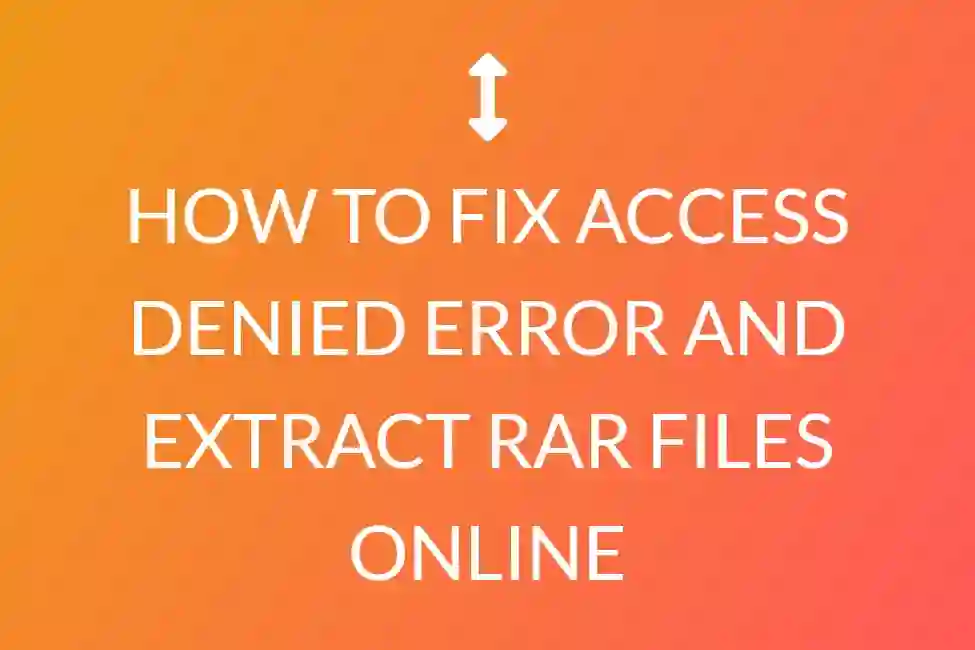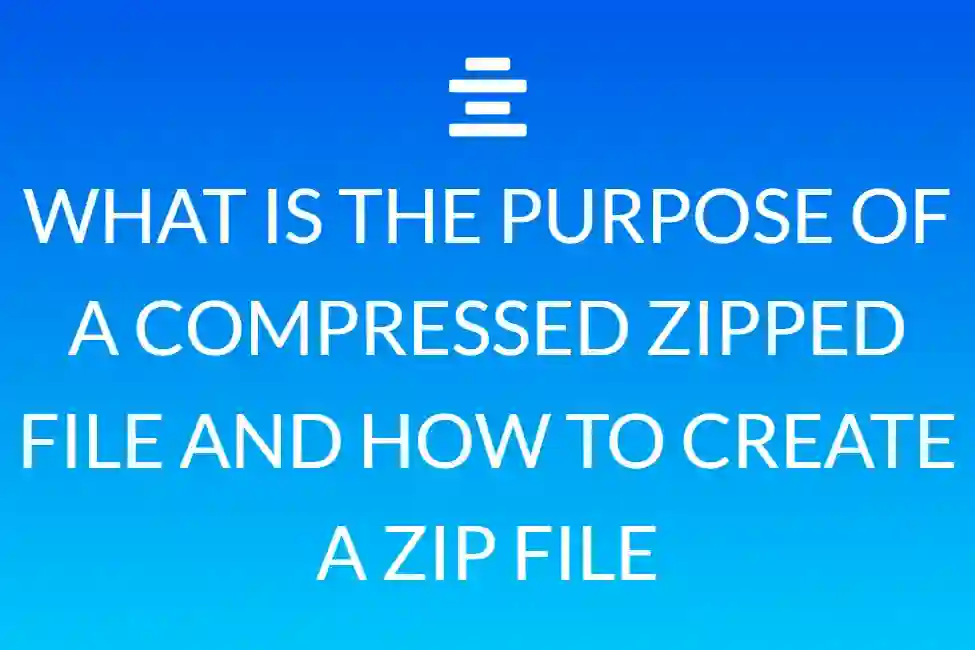Data Compression is a process in which the data’s size is decreased without loss of data or info.
Lossy and Lossless compression is the types of data compression methods.
The main distinction between the two types of these compression methods (lossy and Lossless compression) is -

The lossy compression does not restore the info or the data in its actual form, after doing the decompression, while., on the other way round, the lossless reduction restores and revamped the data in its initial form, post decompression.
How does it work?

Here’s where it can obtain a little tricky. Basically, there are two major types of file compression? They are lossless and lossy. Lossless takes the files and decreases their size with zero losing any data. Lossy reduces the file size by dicing off bits and parts that aren’t full 100 percent essential to function.
Lossless file compression
This may be a bit crazy, but this is how it functions. In the case of lossless compression to make it function, a file requires to be declined without yielding anything. This is accomplished by dragging redundancy.
What’s redundancy, you can ask?

Data redundancy is a state assembled within a database or info storage circumstances in which the exact piece of information is held in numerous places. By eradicating redundancy, one is left with only one model of each piece of data.
The lossless file would be something like this:
AAABBBBBCC
and after doing compression, it will be like this:
A3B5C2
Redundancy
The same data is there, though it’s facilitated to take up smaller space (Don’t overlook the fact that the digits correspond to the digit of spans that the earlier letter reprises). This method, when one is decompressing (open/unzip/extract) any file, understands how to proceed around to its initial form. This is primarily utilized for text and excel spreadsheets as
compromising on words or any kind of data isn’t Anything you like to happen.
Lossy compression
Lossy compression operates basically the identical way, though as you can presumably tell by the title, this results in data that is being perpetually lost (not as nasty as it says).

This is additionally familiar with media like audio, video, and images since they don’t actually suffer unduly much from the loss. In particular, the songs and videos you presently have on the computer have presumably been compressed plus you don’t actually notice the lost pieces. This is due to the fact that the data that’s extracted is outside of the content people can listen to or see.
There is a basic side, regardless- If compressing the exact file over again with the lossy process, one will start to see a reduction in rate since information is being drawn each time.
Advantages
Consume less space
Let’s state you have a massive digit of files on the computer, though don’t plan on accomplishing with them for a time (perhaps you’re a virtual person, who knows). Dumping them on the hard drive to consume up more space isn’t practical to do.
Efficient transfers
If you’ve tried mailing a truly extensive file, this will be going to take a lengthy time. Even more alarming - attempting to email multiple documents at just one time. A lot of the period the message will fail as some emails don’t let files over a specific size transfer.
Can preserve money
You could buy a bigger, more costly hard drive, move from the old to the new one, also be a useful thing to go.
Why is data compression necessary?

Determining the kind of data compression one is going to for their big data is a crucial part of large data operations. If looking at just the resource side independently, IT can never afford the price of running processing and storage. Even, if the Data is being stored in its totality, then it should have to be compressed as much as feasible.
That stated, there are extra steps one can bear to modify storage and the process of processing, along with the best-fit operations for the methodologies and algorithms that can be employed in huge compression of data. Conquering these opportunities is a fundamental data pinpoint for IT.








